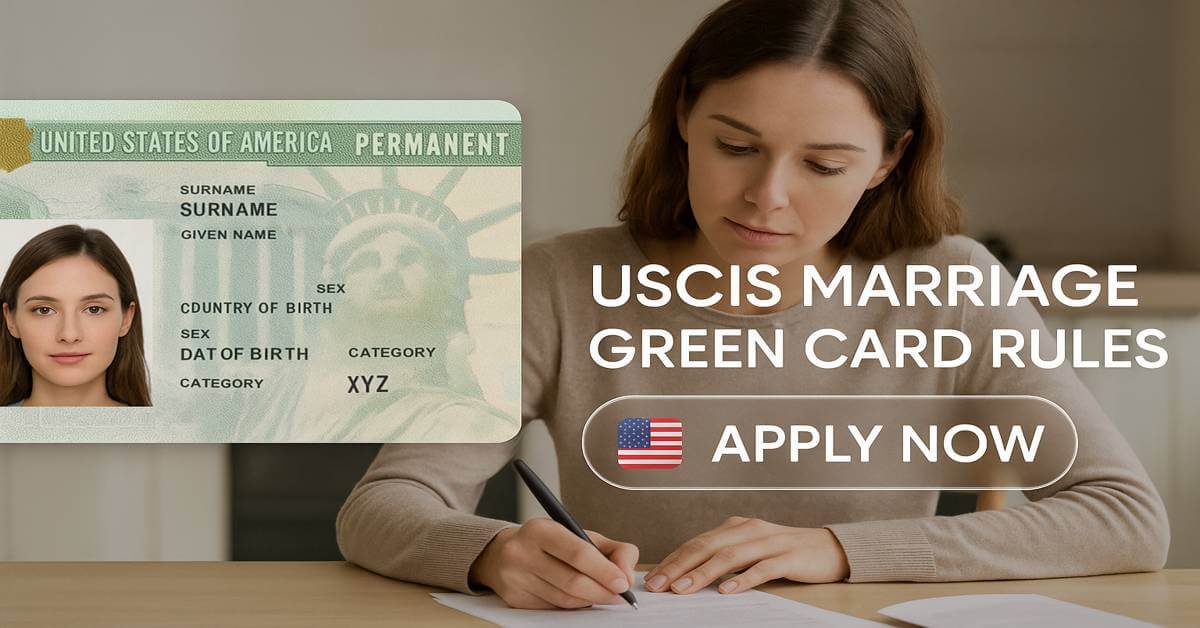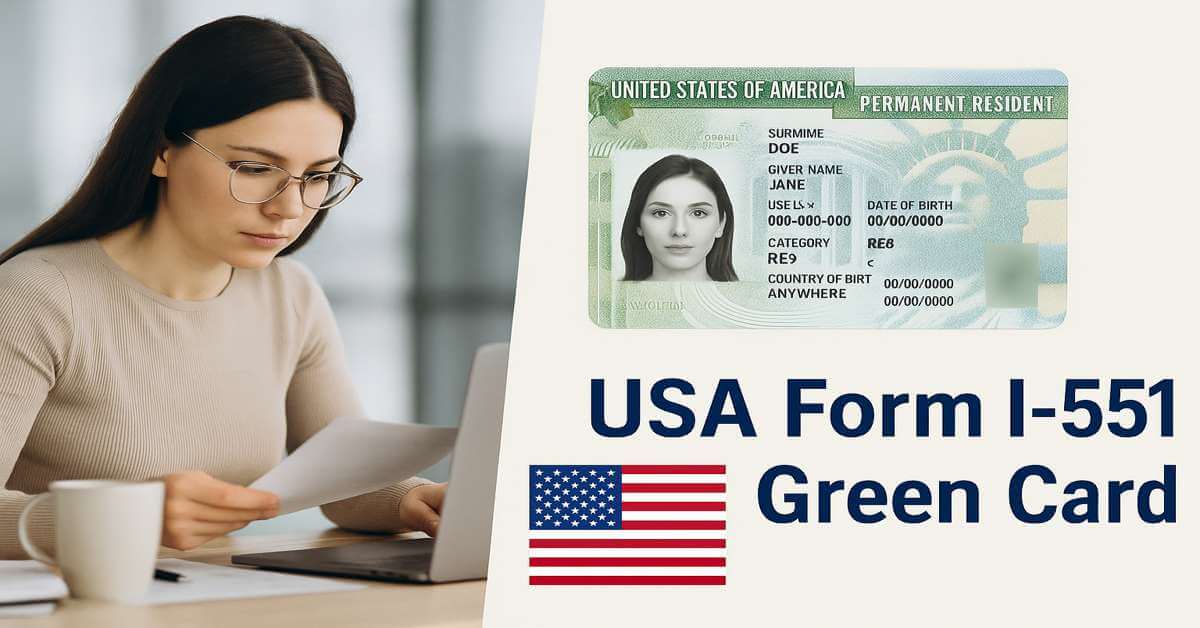If you’re considering traveling or moving to the United States, you’ve likely come across the terms “visa” and “green card.” While they’re both part of the U.S. immigration process, they serve different purposes and come with different rights and limitations.
This guide will help you understand the key differences between a visa and a green card—and which one might be right for your situation.
Quick Summary:
| Feature | Visa | Green Card |
|---|---|---|
| Purpose | Entry into the U.S. for temporary or permanent stay | Proof of lawful permanent residency in the U.S. |
| Obtained | Before entering the U.S. | After arriving in the U.S. with an immigrant visa |
| Duration | Temporary (non-immigrant) or conditional (immigrant) | Permanent (renewed every 10 years) |
| Work Authorization | Limited (varies by visa type) | Full authorization to live and work anywhere in the U.S. |
| Path to Citizenship | Only via immigrant visas (not all types) | Yes, after 3–5 years of permanent residence |
What Is a Visa?
A visa is an official document issued by a U.S. consulate or embassy that allows a foreign national to enter the United States. It appears as a stamp or sticker in your passport. There are two main types:
1. Non-Immigrant Visas
These are for temporary stays in the U.S. for purposes such as:
- Business (e.g., B1 visa)
- Tourism (e.g., B2 visa)
- Study (e.g., F1 visa)
- Temporary work (e.g., H1B visa)
They typically come with expiration dates and do not lead to permanent residency.
2. Immigrant Visas
These allow you to move to the U.S. permanently, usually after being sponsored by a family member or employer. This is the first step in obtaining a green card.
Note: An immigrant visa by itself does not grant permanent resident status. You must still apply for a green card after entering the U.S.
Check Also: USA Form I-551 Green Card – Complete Guide
What Is a Green Card?
A green card (officially known as a Permanent Resident Card) allows you to live and work permanently in the United States. It is typically issued after you arrive in the U.S. with an immigrant visa.
Green card holders enjoy many rights similar to U.S. citizens, including:
- Living and working freely in the U.S.
- Traveling in and out of the U.S.
- Sponsoring certain relatives for their own green cards
- Becoming eligible to apply for U.S. citizenship after 3–5 years
Types of Green Cards:
- Family-Based: For spouses, parents, children, or siblings of U.S. citizens or permanent residents
- Employment-Based: For workers with job offers or extraordinary ability in a field
- Humanitarian: For refugees, asylum seekers, or victims of abuse
- Diversity Visa Lottery: A random selection process offering 50,000 green cards annually to individuals from underrepresented countries
Key Differences Green Card vs. U.S. Visa 2026:
| Factor | Visa | Green Card |
|---|---|---|
| When It’s Issued | Before entering the U.S. | After arrival (if eligible) |
| Physical Form | Stamp or sticker in passport | Physical card issued by USCIS |
| Duration | Limited stay (days to years) | Permanent residency (renew every 10 years) |
| Work Rights | Depends on visa type | Full employment rights |
| Travel Restrictions | Some limitations (especially re-entry) | Free travel in and out of U.S., with conditions |
| Path to Citizenship | Limited to immigrant visas | Eligible after 3–5 years |
Frequently Asked Questions:
Can I work in the U.S. with a visa?
Yes—but only certain visa types (e.g., H1B, L1, O1) permit employment. Tourist or student visas generally do not allow you to work, or come with strict restrictions.
Do green cards expire?
Yes. Green cards must be renewed every 10 years, though your permanent resident status does not expire unless it’s revoked under certain conditions (e.g., serious crime, abandonment).
Can I travel freely with a green card?
Yes. Green card holders can travel abroad, but should not stay outside the U.S. for too long (typically over 6 months), or risk losing their resident status.






